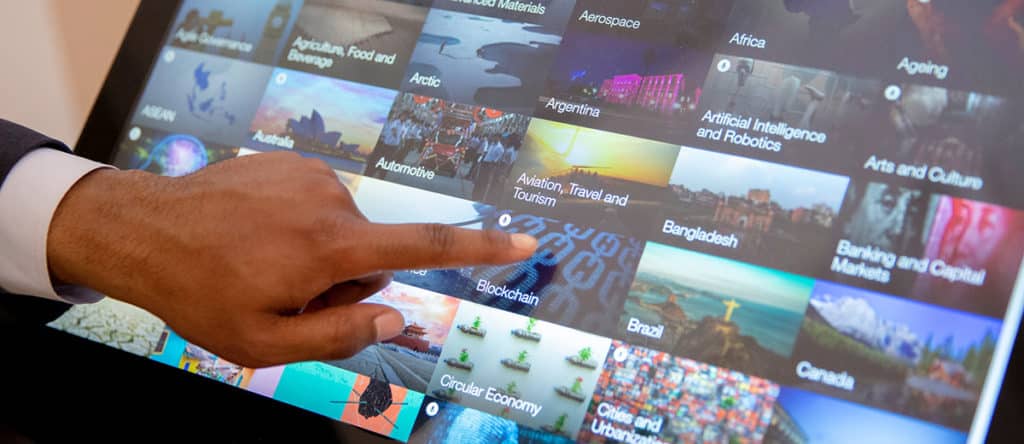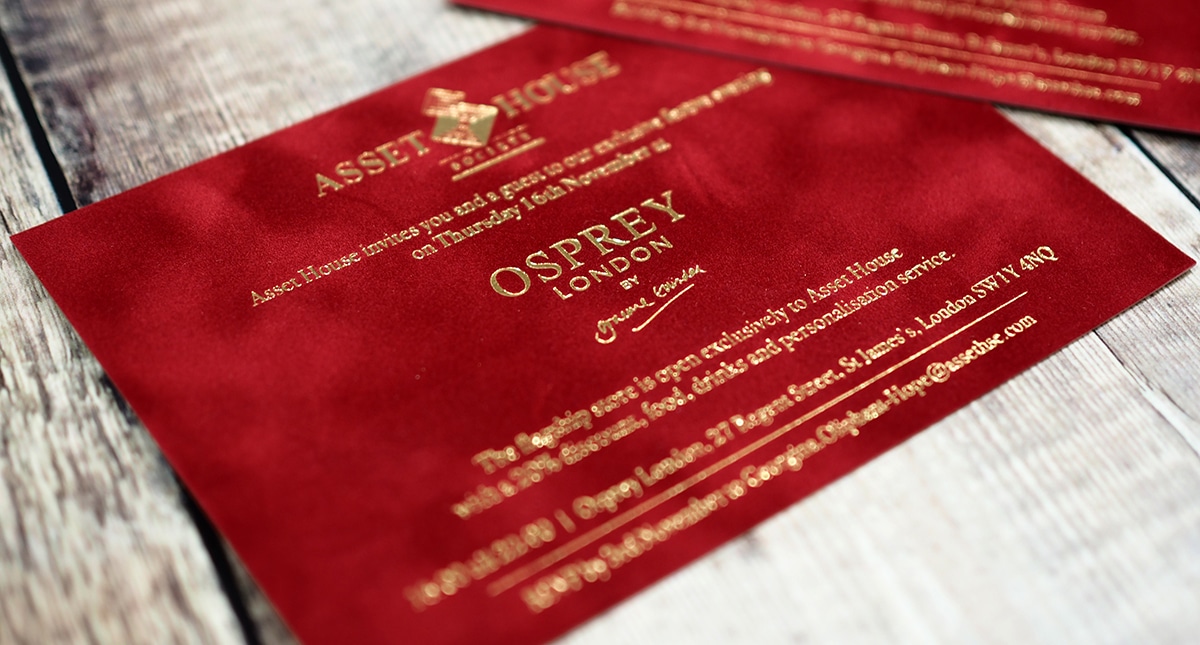November 12, 2020

Being in lockdown has made us rely on two of our senses in particular. One is sight – all that (literal) focusing on our screens, the Zoom meetings, judging correct social distance in the supermarket. And the other is hearing – straining to understand colleagues in those same Zoom or Skype sessions, or trying to tell from the voices of distant loved-ones if they are really fine, or just trying to reassure us.
But touch? Not so much – apart from a bit of swiping on screens, of course. In fact, because touch is one of the ways coronavirus spreads, it’s tended to be a source of fear, not pleasure – something many of us try to avoid, or mitigate with hand-washing and gel application.
So how do you start to move back to a more relaxed relationship with touch, especially when touch is so important to marketing your business?
The power of touch – essential to marketing your business
In a fascinating interview, Olaf Hartmann, one of Europe’s leading experts in multi-sensory and haptic communications, reminds us why touch is such a vital part of marketing. ‘Haptic’, from the ancient Greek word haptikos, refers to the sense of touch, and yes, the way we swipe on our phones and tablets is also known as haptics, a specialised part of the digital communications sector.
We humans need touch. It’s vital to life – research has shown that babies who are not touched fail to thrive, both physically and mentally, and may even die. It’s part of the body’s somatosensory system that enables us to feel sensations and links all the different bits of us together. Our brain loves haptics, says Hartman: “Over 40 per cent of our brain deals with nothing else – on a permanent basis.”

He stresses the importance of really touching something – the sense of touch is ‘the sense of truth’, and gives huge credibility to any marketing message linked to it. We like to look at things that we would also like to touch, and being able to put our hands on the real thing is the ultimate consumer experience.
Touch is deeply embedded in human experience: Hartman reminds us that our brains have been wired in the same way for 10,000 years. Our hands are a key part of that extraordinary somatosensory network, with 1,300 nerve endings per square inch of skin, as well as neurons and touch receptors. And research shows that touch reinforces social bonds and triggers the brain to release innate, pain-relieving and pleasure-boosting chemicals called endorphins.
Much of the time touch is an automatic action, repeated in an almost unconscious way, but particular objects or situations can suddenly make us aware of its power – for example, mask-wearing has shown just how often we touch our own faces.
So, as we all struggle to re-establish our connections, and meet new social and commercial demands, maybe a more conscious and informed knowledge of the power of touch can help transform the way you are marketing your business.
More than a feeling
The best marketing and advertising campaigns have always focused on making us feel some kind of emotion, and not just on product descriptions and features. “It is in the emotion that a brand’s true value lies” and “What the heart feels today, the head will know tomorrow”, according to Sir John Hegarty, founder of Bartle Bogle Hegarty, one of the world’s most successful advertising agencies. He’s also talked about consumers needing to ‘fall in love’ with a product, not just being won over by logic or practicality.
Lockdown may have pushed us all online, but the positive reaction to the lifting of (some) restrictions has shown us just how much we crave physical interaction and proximity. So touch is now more important than ever in our lives, and a physical connection to your brand will be much more powerful than just a digital one.
The digital world is making more effort than ever to attract our attention. In terms of emails alone, individuals and businesses send more than 293 billion every single day, according to research from Statista, and, by 2022, that number is expected to increase to more than 333 billion.
But people can very easily ignore screen-based content – and they do. For example, even though 69% of digital media time is spent on social media, 70% of posts on Instagram are not seen at all. And only half of UK online ad campaigns targeted at women actually reach them, according to a study of 60,000 campaigns across more than 20 countries, by measurement company Nielsen.
We also know that the most commonly used digital campaign messaging, such as banners, can’t communicate as efficiently as traditional media. This is fine for reminding us of well-established brands, but it makes them less effective for helping launch new products, which usually need more explanation and information.
It’s now clear that we can’t expect digital platforms to deliver all the messages we want to send out. So what is the answer? Finding something that connects different aspects of marketing your business – a physical activity relating to touch, and something linked to mood and emotion – brings us to the concept of ‘feeling’. It’s a really powerful marketing idea, bringing together a real-life object and the positive reactions we get from touch, in a way that can uniquely benefit your brand.
And you don’t have to look far for the perfect way to make your clients and customers feel good about your brand. Marketing your business with promotional products is easy, as so much of the work is done for you. They are high-quality, tangible objects that can be weighed in the hand. They can even be personalised so they are unique to their owner. They can be highly practical – sending a useful product to everyone attending a virtual event, for example, will be hugely powerful and impressive – but they can also bring joy and fun: release those endorphins!
And if you’re wondering what products to use, why not read our guide on how to choose effective promotional products.

Gold foiled invites on a velvet flock card giving a luxurious fabric soft-touch finish.
The finishing touches when marketing your business
Traditional branding methods can have a big impact on the haptics (and the 40% of the brain activity they’re taking up) of a promotional product. Foiling and debossing can create subtle or dramatic differences in depth and texture, inviting and enhancing the touch and feel of each item.
Choosing an interesting material for your product is also an option – for example, covers for notebooks and diaries can be crafted in linen and leathers, and all kinds of textures papers can be used; the creative possibilities for making promotional products beautifully tactile are almost endless.
If you’d like us to help you harness the power of touch for marketing your business, do contact us. We’ve got lots of options and ideas, and we really understand the importance of being hands-on…

